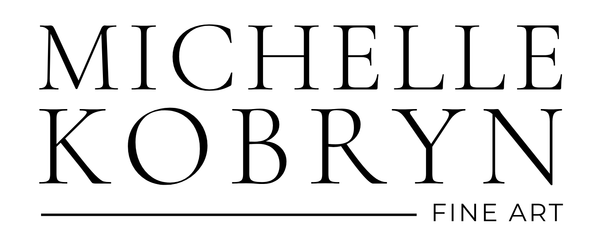
Symbolism of lemons in art
Share
I have always been fascinated by symbolism in art. Oftentimes a painting of seemingly everyday items - even a still life painting of simple fruits and vegetables - is filled with symbolic meaning meant to convey a secret message to the viewer. One of my favorite painting subjects, lemons, are not only beautiful and fun to paint, but also have been included in paintings throughout history as symbols with various meanings.
One of the most prominent symbolic meanings associated with lemons is their representation of freshness and vitality. The vibrant yellow color of lemons is often used to evoke feelings of energy, happiness, and optimism. Artists have used this symbolism to convey a sense of joy and liveliness in their artwork. For example, in still life paintings, lemons are often depicted alongside other fruits and flowers to create a visually appealing and vibrant composition that exudes a sense of vitality.
Lemons also symbolize purity and cleanliness. In art, citrus fruits often symbolize the purity and innocence in the Garden of Eden before the Fall of Man. Artists have used lemons as a visual metaphor for the idea of cleansing and purifying one's surroundings or even one's soul.
Furthermore, lemons have been associated with fertility and abundance. In ancient cultures, lemons were believed to have the power to promote fertility and enhance the chances of conception. This symbolism has been reflected in art, where lemons are often depicted in paintings that celebrate the beauty of nature and the abundance of the harvest. Artists have used lemons as a symbol of fertility and prosperity, showcasing their lush green leaves and ripe yellow fruits to convey a sense of abundance and growth.
Lemons, and citrus fruits in general, were once considered luxury items and symbols of status, as they were native to Asia and were imported to Europe through trade routes. For this reason they were often included in artwork as symbols of wealth and prosperity.

"The Arnolfini Portrait" by Jan van Eyck (1434): This iconic painting depicts a wealthy couple standing in a room. In the background, there is a small shelf with various objects, including four oranges. The significance of the citrus fruits in this painting is still debated among art historians, with some suggesting they represent fertility, wealth, or purity of the soul.
Lemons have also been used symbolically to represent the bittersweet nature of life. The sour taste of lemons is often associated with bitterness and hardship. Artists have used this symbolism to explore themes of struggle, resilience, and the complexities of human emotions. In paintings, lemons may be depicted alongside other objects or figures to create a contrast between the sourness of the fruit and the sweetness or serenity of the surrounding elements.

"The Last Supper" by Leonardo da Vinci (1495-1498): In this famous religious painting, there is a plate of grilled eel with a citrus garnish (lemon or orange) in front of the figure of St. Bartholomew. The inclusion of the citrus fruit in this scene is thought to symbolize bitterness or the sourness of betrayal.
In addition to their symbolic meanings, lemons have also been appreciated for their aesthetic qualities in art. The smooth texture, vibrant color, and unique shape of lemons have made them a visually appealing subject for artists. From the intricate details of the lemon peel to the play of light and shadow on its surface, artists have found inspiration in capturing the beauty of lemons in their artwork.
Lemons hold a rich symbolism in art, representing freshness, purity, fertility, and the bittersweet nature of life. Artists have used lemons in various ways to convey these symbolic meanings and explore different themes in their artwork. Whether used as a symbol of vitality and joy or as a metaphor for cleansing and resilience, lemons continue to inspire artists and captivate viewers with their vibrant presence in art.
